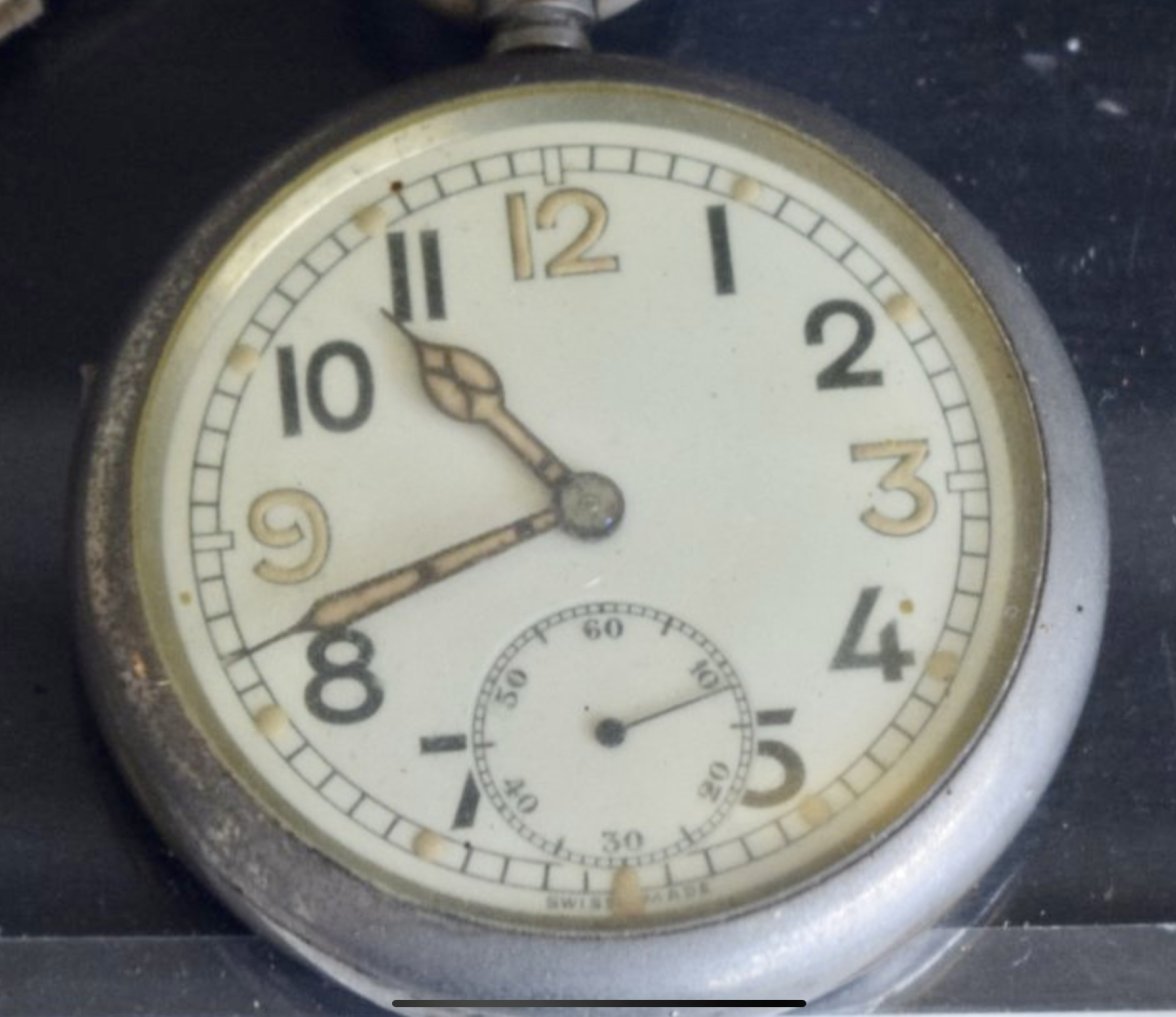Omegafanman
·A lot of wonderful museums in the UK, often run by volunteers are struggling. If they have watches increasingly I am seeing smaller amateur museums having to remove them from display or leave cabinets permanently locked so they can never be touched or cleaned again….. the reason is radium.
Does anyone have or could help create a generic modern risk assessment to cover watches, clocks and instruments? I would like to give curators something which they can challenge the status quo with so we can get things on an even keep again. Otherwise as the next generation takes over it will all end up buried in a lead box.
.
Does anyone have or could help create a generic modern risk assessment to cover watches, clocks and instruments? I would like to give curators something which they can challenge the status quo with so we can get things on an even keep again. Otherwise as the next generation takes over it will all end up buried in a lead box.
.


